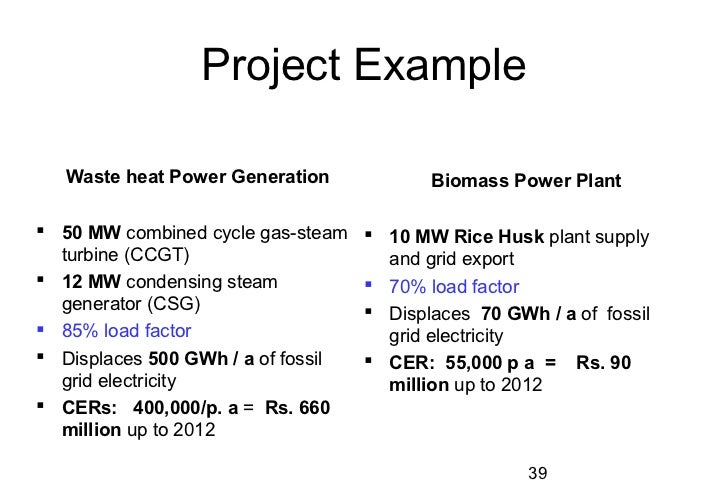

The ClimateTrade marketplace combines the positive impact of buying carbon credits directly from the developer with the practicality of using a broker. Buy carbon credits on the ClimateTrade marketplace The Financial Times recently exposed just how opaque carbon credit brokers’ practices can be.


This latter option is more common when the project is already at a later stage of development. In this case, your company can either invest in the development of the project with a promise of return in the form of future carbon credits, or buy what are called Emission Reduction Purchase Agreements (ERPAs), upfront payment for carbon credits to be delivered as and when they are generated. The most direct way to purchase them is at the source: from the organization responsible for the project you want to support. Buy carbon credits directly from developers There are several ways to buy carbon credits to offset your footprint. Once you know what your carbon footprint is, and after you have taken measures such as switching to renewable energy or cutting electricity consumption to reduce it, it is time to offset the remaining carbon emissions by purchasing carbon credits. This accounting system is a relatively simple way to ensure that the world doesn’t emit more than it can absorb, as well as providing much needed financing to carbon mitigation projects. Let’s say a company has emitted 1,000 tons of greenhouse gases (GHG) in a given year: to offset this footprint, it will need to buy 1,000 carbon credits, each representing 1 ton of CO2-equivalent. First, it requires calculating the carbon footprint of your company. But how exactly does offsetting work, and what are your options when looking to purchase carbon offsets? What is carbon offsetting through buying carbon credits?Ĭarbon offsetting is the process of purchasing carbon credits on the carbon market generated by CO2 absorption projects, to make up for a company or person’s emissions.
#BUYING CARBON CREDITS HOW TO#
Looking to buy carbon credits to offset your carbon footprint, but unsure how to do so? In this article, we guide you through the process of purchasing carbon credits.Īs the world moves towards Net Zero, more and more companies are offsetting their carbon footprint, by contributing financially to sustainable projects around the world.


 0 kommentar(er)
0 kommentar(er)
